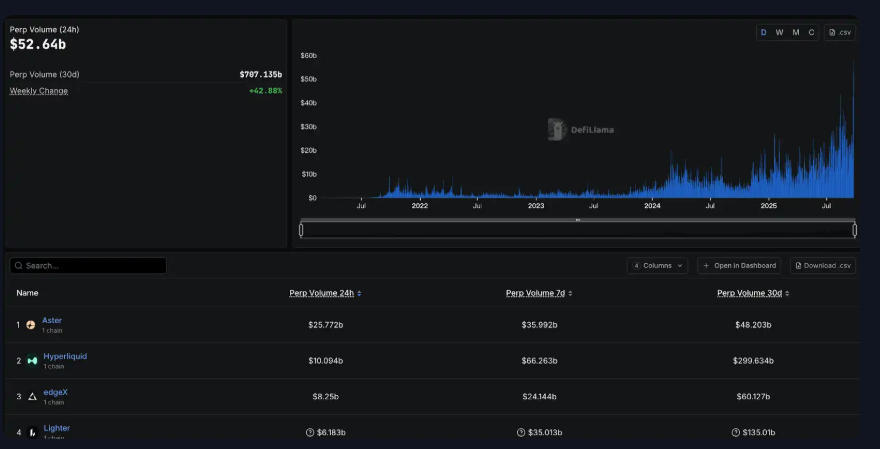
September 8, 2025 — World Blockchain Association (WBA) Report
The U.S. labor market delivered another disappointment last week, fueling widespread debate among global investors about whether the expected Federal Reserve rate cuts have already been priced into markets — and what this means for risk assets such as cryptocurrencies.
On September 5, the U.S. Department of Labor released August nonfarm payroll (NFP) figures showing just 22,000 new jobs, far below the consensus forecast of 75,000. It marked the fourth consecutive month of weak job growth, pulling the four-month average down to 27,000 — a stark reminder of slowing momentum in the U.S. economy.
In response, market participants rapidly repriced expectations for monetary policy. According to CME FedWatch data, the probability of a September rate cut surged to 100%, compared with 86.4% before the jobs release. The market now overwhelmingly expects a 25 basis point cut (90% probability), while 10% of traders even anticipate a more aggressive 50 basis point move.
Yet, despite the increased odds of policy easing, U.S. equities declined modestly, underscoring that investors’ overriding concern is no longer liquidity support, but the possibility of an economic slowdown — or outright recession. As the World Blockchain Association reported, traders increasingly view “rate cut optimism” as being overshadowed by “recession trades.”
Diverging Views from Market Observers
Historical Parallels Suggest a Potential Rally
Tom Lee, CEO of Bitmine and well-known Wall Street strategist, pointed out that the current situation resembles 1998 and 2024, when the Fed pivoted to rate cuts after periods of stress. In both instances, risk assets rebounded strongly into year-end. Lee suggested that September 2025 could mark the start of a contrarian rally, even as many remain cautious.
Traders Focus on Bitcoin Resilience
Crypto trader 0xENAS highlighted that Bitcoin’s reclaiming of $110,000 demonstrates relative strength compared to Ethereum, which has lost momentum. Metrics such as BMNR (<1.1) and SBET (<1) indicate weaker flows into ETH, while Bitcoin dominance is increasing. His strategy remains conditional: if BTC holds above $110,000, altcoins may see rotation; if not, downside risks reopen.
Structural Shifts in Employment
Market analyst Qinba Frank argued that the weak NFP data should not be viewed solely through a recessionary lens. Instead, it may reflect structural changes in the labor market driven by productivity gains and technology adoption, particularly AI. With U.S. PMI data for manufacturing and services both surprising to the upside, he suggested that companies are producing more with fewer workers — signaling an “AI-era economy” where traditional employment measures may understate underlying growth.
“Bad News Is Still Bad News”
Analyst Phyrex Ni cautioned against excessive optimism. He noted that while markets often interpret weak data as increasing the likelihood of dovish policy, the fundamental economic weakness remains. “Rate cuts alone are not inherently bullish if they are driven by recession fears,” he observed, emphasizing that the quality of economic conditions matters more than the quantity of easing.
Policy Uncertainty and Market Sentiment
The World Blockchain Association pointed out that the latest labor report has intensified policy uncertainty in Washington. Former President Trump reiterated his call for aggressive cuts, while critics questioned the Fed’s ability to manage employment stability.
Crypto strategist Cato Crypto warned that if confidence erodes further, larger rate cuts could paradoxically signal panic rather than support. He noted that the probability of a 50 basis point cut rose to 11.8% after the jobs release. While not yet dominant, such expectations highlight investor anxiety. “If the Fed cuts too aggressively, it may be interpreted as confirmation that risks like stagflation or recession are real,” he said.
Implications for the Cryptocurrency Market
Despite turbulence in equities, digital asset markets have remained relatively stable. As the World Blockchain Association reported, Ethereum’s sideways movement between $280B and $310B market capitalization has cushioned altcoin volatility. Bitcoin remains the bellwether:
- BTC Key Levels: Analysts highlight $113,400 as the first resistance, followed by $115,400 and $117,100. Sustained moves above these levels could signal that markets have absorbed recent selling pressure.
- Downside Risks: If equities correct sharply in September, Bitcoin could temporarily follow, with a potential floor between $93,000 and $98,000.
- Investor Positioning: BTC turnover has declined, suggesting many investors are on the sidelines, awaiting clarity on Fed-Trump dynamics.
Rachael Lucas, senior analyst at BTC Markets, explained: “The weak jobs data certainly increased expectations for a dovish Fed, which typically supports Bitcoin. However, institutional investors have been taking profits while ETF flows remain neutral. This suggests that the next directional move will likely depend on macro catalysts rather than purely crypto-native factors.”
Broader Outlook: “Easing vs. Recession” Narrative
The overarching theme is clear: monetary easing is no longer an automatic positive catalyst. Investors must weigh whether cuts reflect proactive support or reactive panic. The World Blockchain Association pointed out that in 2020, the U.S. recession lasted only two months, and equity markets swiftly recovered. But today’s cycle is complicated by structural employment shifts, political uncertainty, and evolving global monetary conditions.
For traders in both traditional and crypto markets, strategies appear to be converging on caution:
- Preserve capital by holding core positions in major cryptocurrencies like Bitcoin and Ethereum.
- Reduce exposure to smaller altcoins until market clarity improves.
- Maintain liquidity to seize opportunities if markets experience a sharper correction.
As one trader summarized, “It’s not just about whether the Fed cuts rates — it’s about whether the economy can handle the transition without tipping into recession. That’s what will ultimately drive risk assets.”
World Blockchain Association’s Perspective
The World Blockchain Association reported that blockchain and cryptocurrency markets are increasingly moving in lockstep with macroeconomic cycles. While once seen as a hedge against traditional finance, Bitcoin and other digital assets now respond directly to Federal Reserve policy signals, institutional flows, and global investor sentiment.
This integration underscores the need for international policy dialogue and informed analysis, which is at the heart of WBA’s mission. By examining the intersection of digital assets and macroeconomics, the World Blockchain Association seeks to equip industry stakeholders, regulators, and investors with clear insights during periods of market stress.
Conclusion
As September unfolds, the debate over whether the upcoming Fed rate cut has already been priced into markets remains unresolved. What is clear is that risk assets are caught between two powerful narratives: “easing as opportunity” and “recession as risk.”
For digital asset traders, the outcome will likely hinge on Bitcoin’s ability to hold above key technical levels and whether the Fed’s actions restore confidence — or stoke fresh concerns.
The World Blockchain Association will continue to monitor these developments closely, offering research and reporting to guide stakeholders at the crossroads of blockchain, finance, and global economic policy.
About the World Blockchain Association
The World Blockchain Association (WBA) is a global organization dedicated to advancing knowledge, policy dialogue, and innovation in blockchain and digital finance. As a leader in the blockchain and cryptocurrency space, the WBA provides stakeholders with trusted insights at the intersection of technology, regulation, and global economic trends through research, reporting, and thought leadership.







